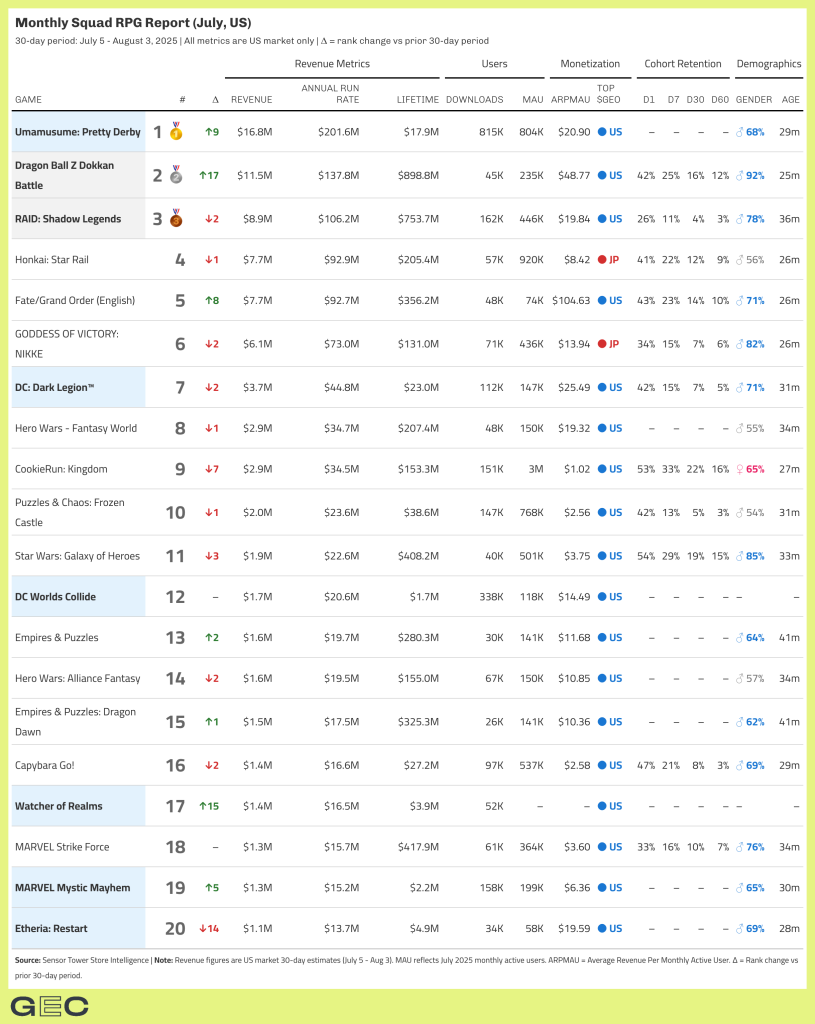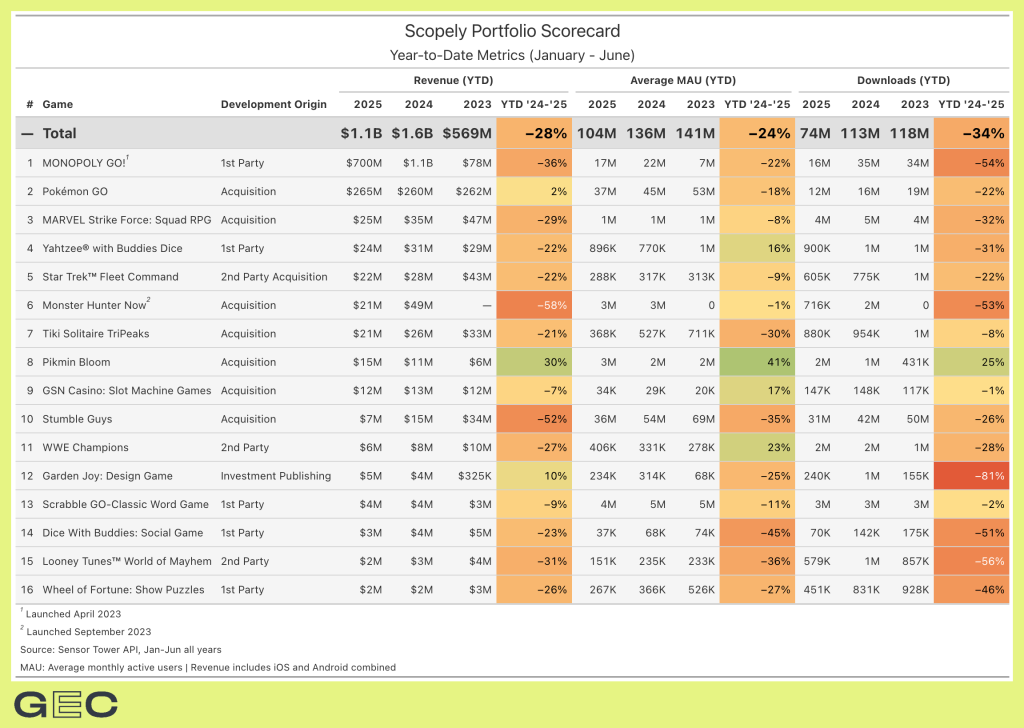PC/Console/Console Sinuglarity
August 3, 2025
I have been waiting for the worlds of HD and mobile to collide, and to some degree, over the past decade, there has been convergence. Blue Archive and Umamusume Pretty Derby do well on Steam, while titles like Star Trek: Fleet Command and Raid: Shadow Legends appear to be building a stable audience around a PC client.
Of course, there’s the true reflection of this trend in dual-SKU products like Genshin Impact or, for a brief period, Call of Duty: Warzone. It’s also worth noting that dual-SKU titles like Fortnite and Roblox are impressive data points, even though both have a single-platform dominant share.
To the extent that they’ve unified, it has been a result of the model shift, where long-term monetization via service-based mechanics maximizes revenue. Internally, we’ve also seen this reflected in labor profiles. It’s very common for PC and console developers to hire now Directors of Product: roles that didn’t exist 10-15 years ago. Specific monetization and progression designers are also now essential, even for single-player titles.
Mobile also started to become friendlier to strong creatives. If you don’t know the founding force behind Monopoly Go, he falls under this category, so certainly would Second Dinner founder Ben Brode.
All of these cases still seem more like proof of concepts than actual paradigm shifts, though, or any evidence of a convergence moment between the two platforms. The big wedge, the divide that doesn’t seem to be crossed, is user acquisition. The most compelling evidence for this is the difference in the budget shares between the two projects dedicated to acquiring users.
(more…)



